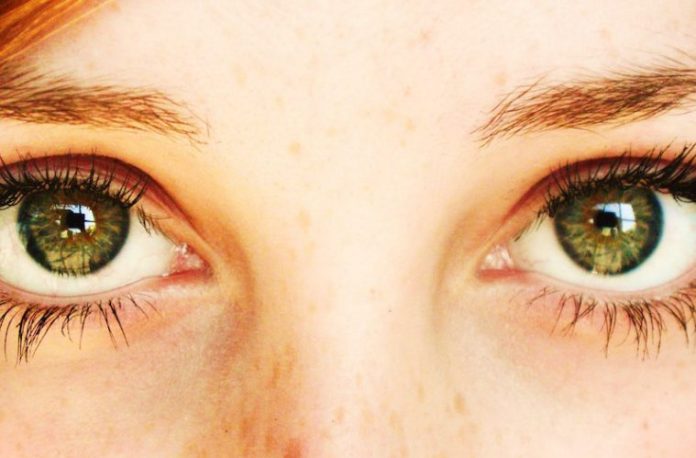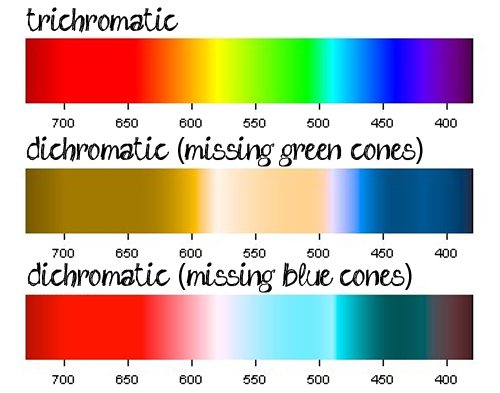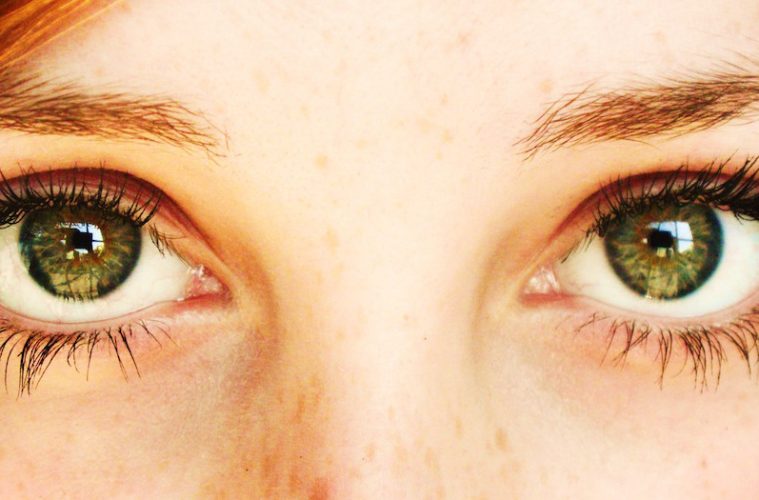What appears dull gray to you or me shines like a jeweler’s display to this girl who was recently found by the scientists in the UK. After research of 25 years, scientists have announced a girl who has an extra type of cone cell that can detect more color in her eyes.

The girl with super vision falls under the category of “tetrachromats” who are one in a million.Normal people who are trichromats have three types of cone cells in their eyes and each cone cell is able to distinguish around 100 shades. Our three cone cells can altogether distinguish around 1 million different colors.
Apart from these blind people and almost all other mammals, including dogs and New World monkeys are dichromats with two types of cone cells and can see around 10,000 shades.

The girl with super vision can see around 99 million colours – some colours which we have not even dreamt of.
Scientist claim that they found this woman after two years who they have been searching for 25 years, she is identified as only cDa29.
History behind the idea of “Tetrachromats” –
- It was first suggested back in 1948 by Dutch scientist HL de Vries, who discovered something interesting about the eyes of color-blind people.
While color blind men only possess two normal cone cells and one mutant cone that’s less sensitive to either green or red light, he showed that the mothers and daughters of color blind men had one mutant cone and three normal cones.
These people had four cone cells but only three were working amongst them.
In the late ’80s, when John Mollon from Cambridge University started searching for women who might have four functioning cone cells.
It was assumed that color blind men pass this fourth cone cell onto their daughters, he estimated that around 12 percent of the female population should be tetrachromats.
But Mollon tests showed that these women could only perceive the same colors as the rest of us – which meant only three of their cone cell types were working, so they weren’t true tetrachromats.
In 2007, neuroscientist Gabriele Jordan from Newcastle University in the UK who has worked with Mollon took a different test to detect super vision.
He took 25 women who had a fourth type of cone cell and put them in a dark room. Looking into a light device, three colored circles of light flashed before these women’s eyes.
To a trichromat, they all looked the same, but Jordan hypothesized that a true tetrachromat would be able to tell them apart because of her fourth cone.
Incredibly, one of the women tested, cDa29, was able to differentiate the three different colored circles in every single test.
Jordan told Veronique Greenwood from Discover magazine about his achievement – “I was jumping up and down. We now know tetrachromacy exists, But we don’t know what allows someone to become functionally tetrachromatic, when most four-coned women aren’t.”
According to Jay Neitz, a vision researcher at the University of Washington “Most of the things that we see as colored are manufactured by people who are trying to make colors that work for trichromats, It could be that our whole world is tuned to the world of the trichromat.”
Jordan is continuing his research and it is not published yet as it still needs to be verified.
Benefits of tetrachromats –
- Teach us about the limitations of human senses
- It could help scientists develop better artificial sensing devices
- Help us figure out more about how vision works.
As our cone cells just perceive the data already processed, sadly we won’t be able to know about the world of tetrachromats.







Discussion about this post